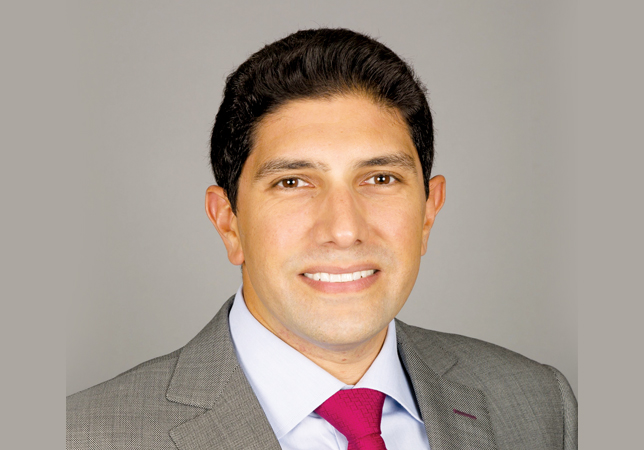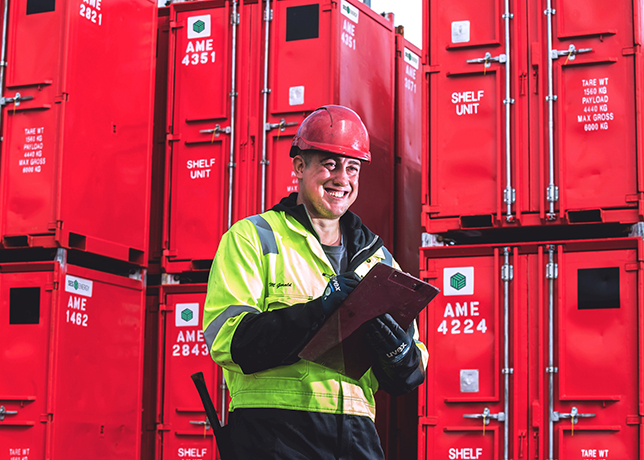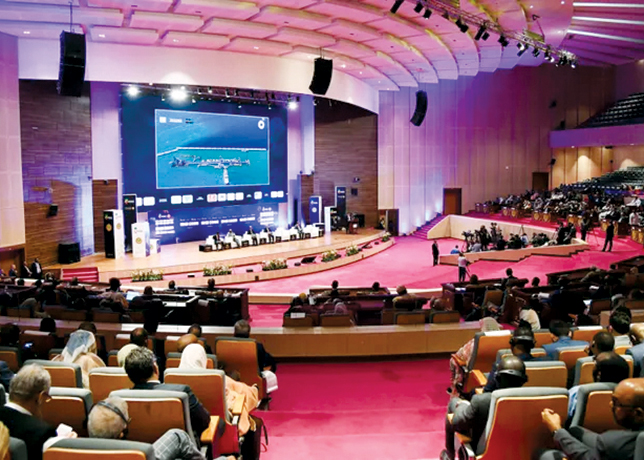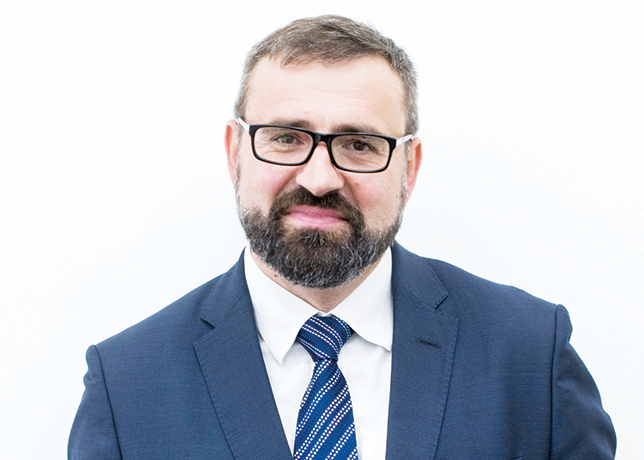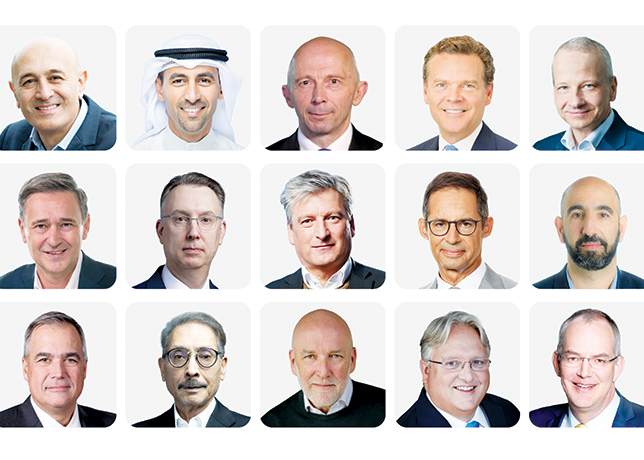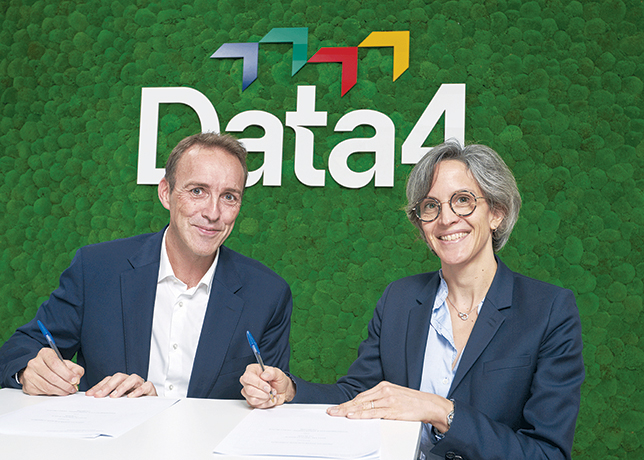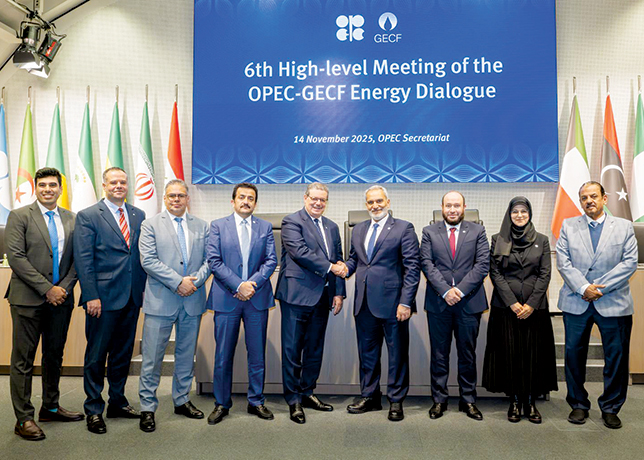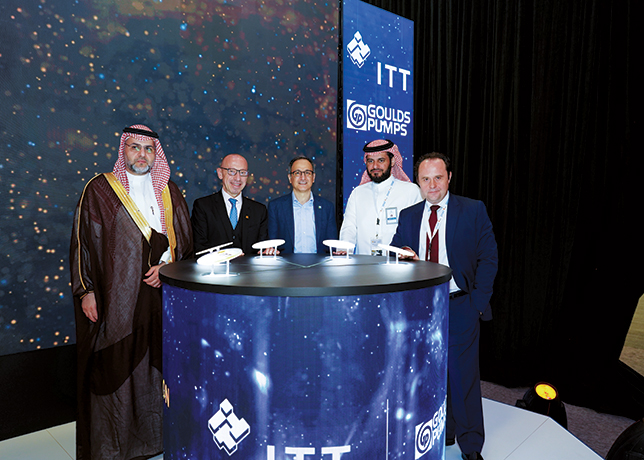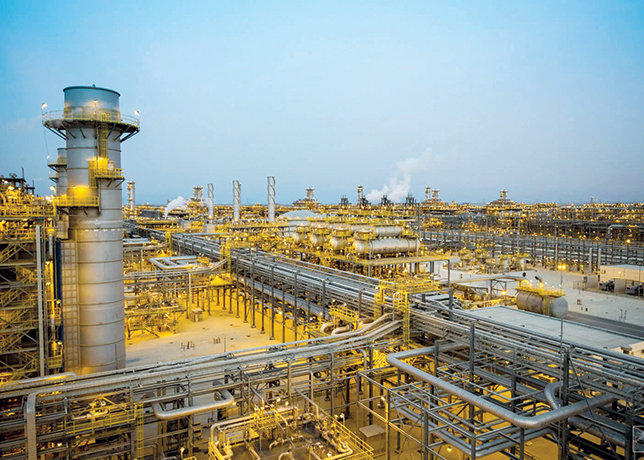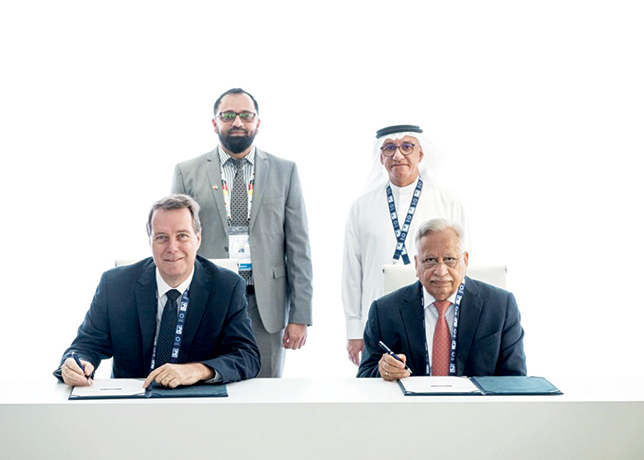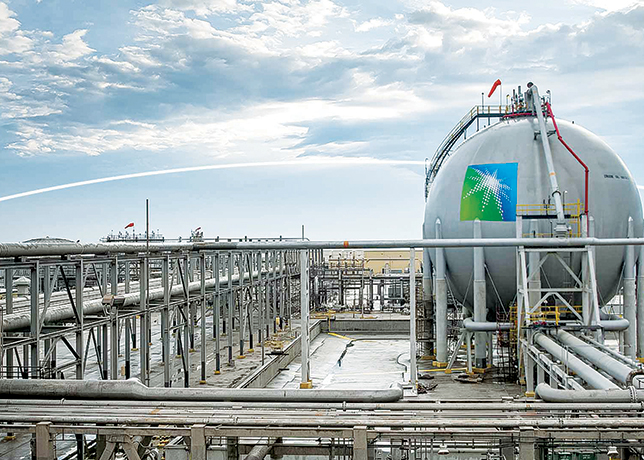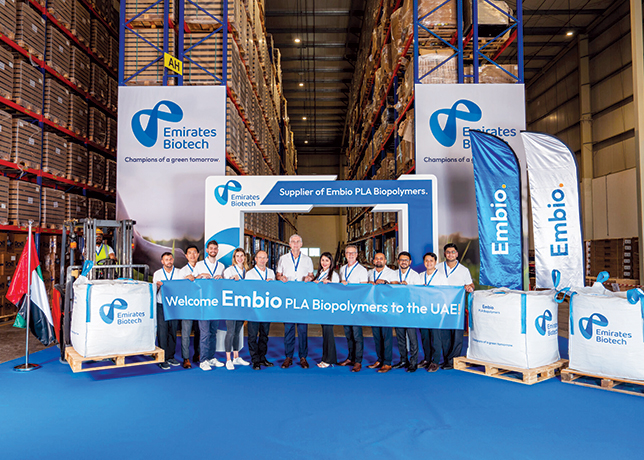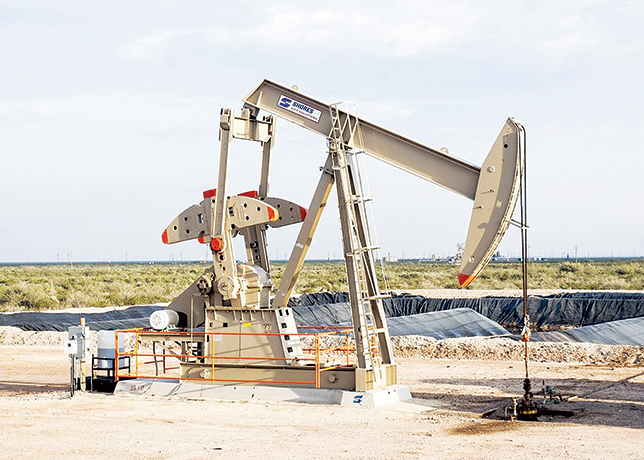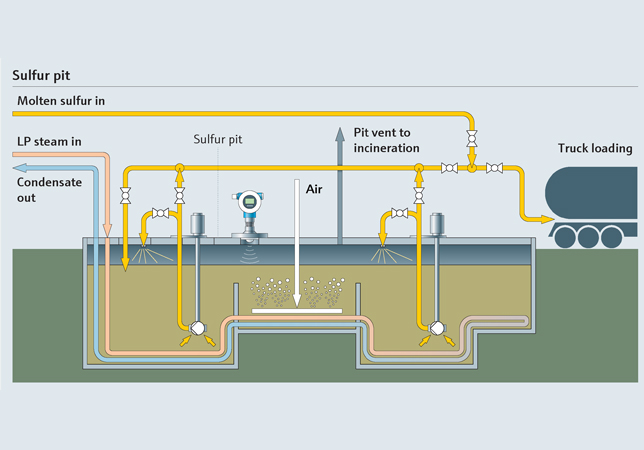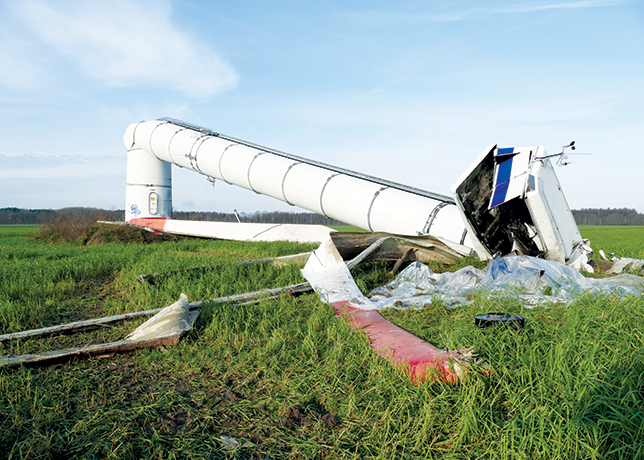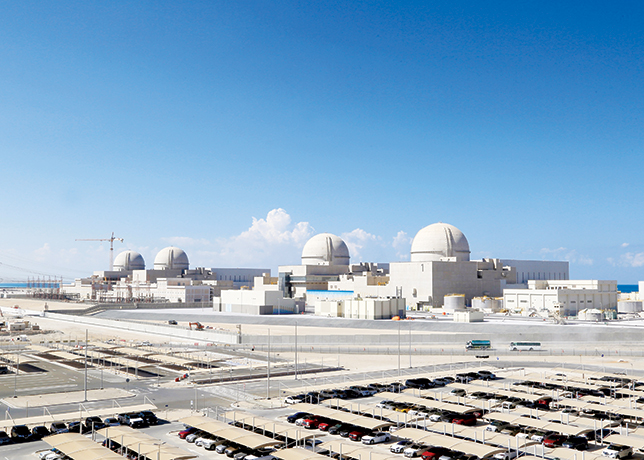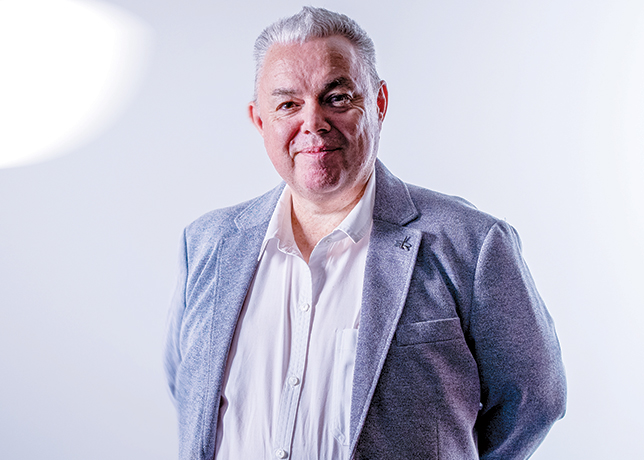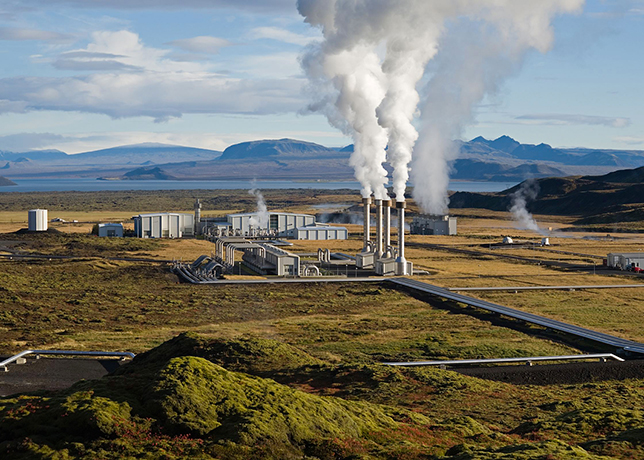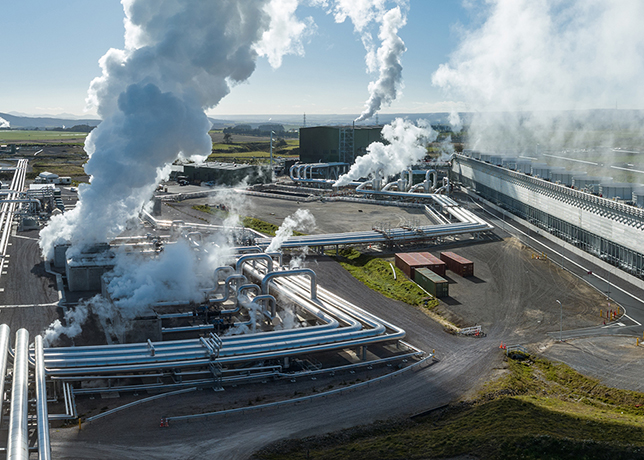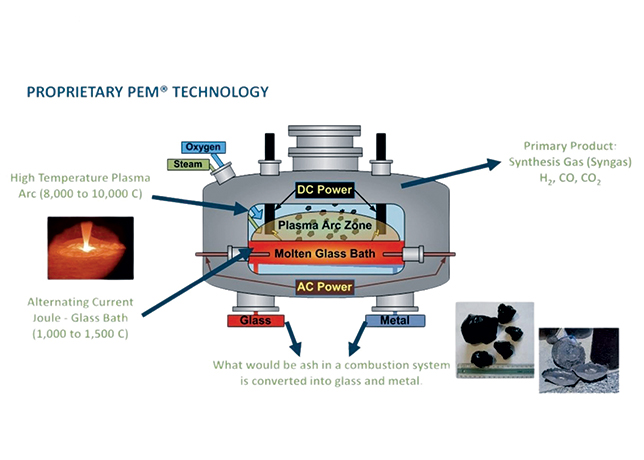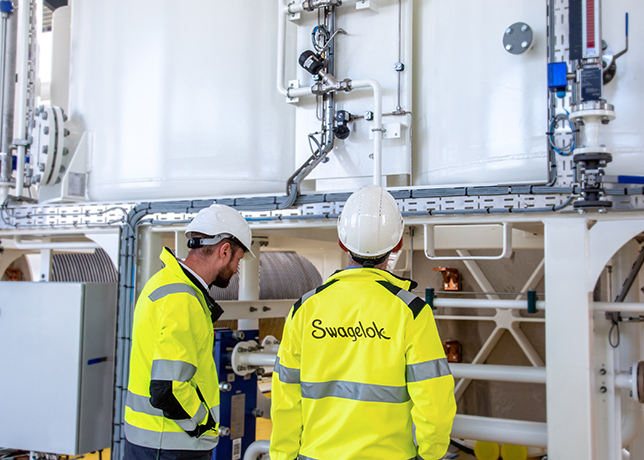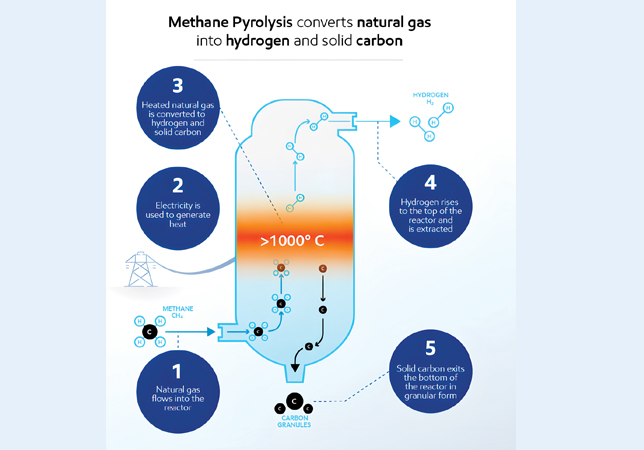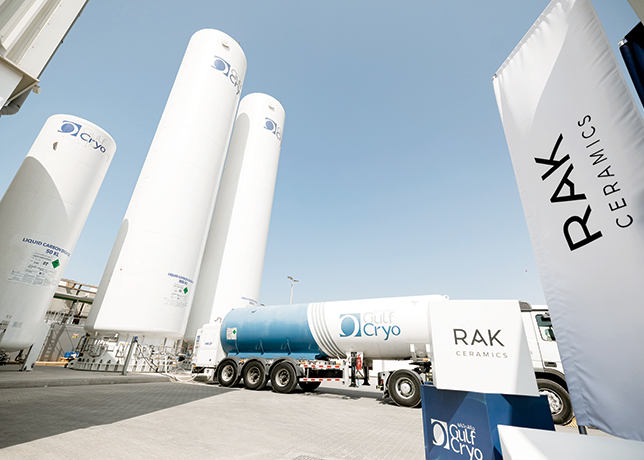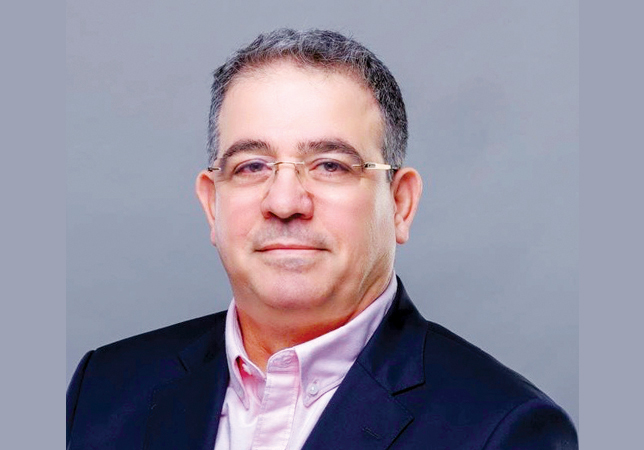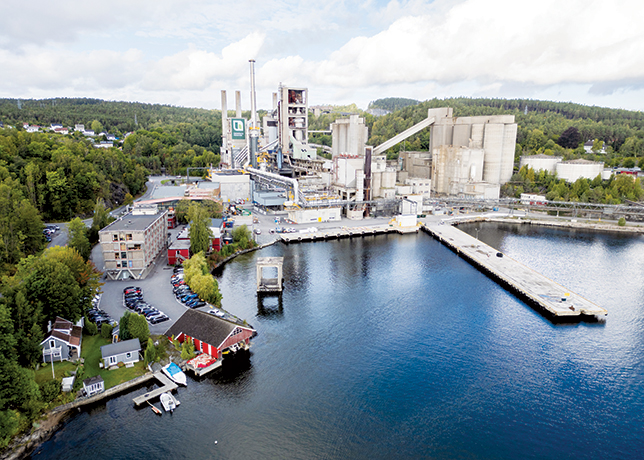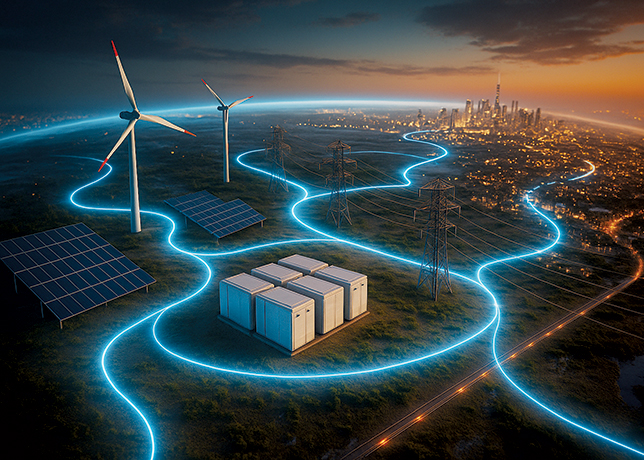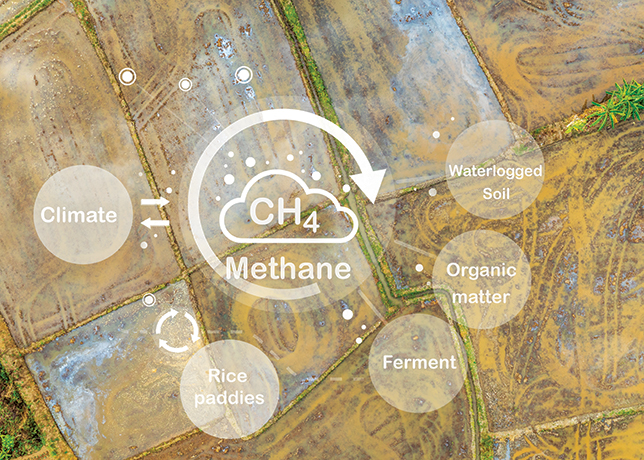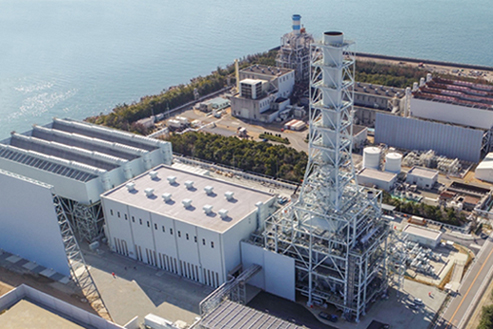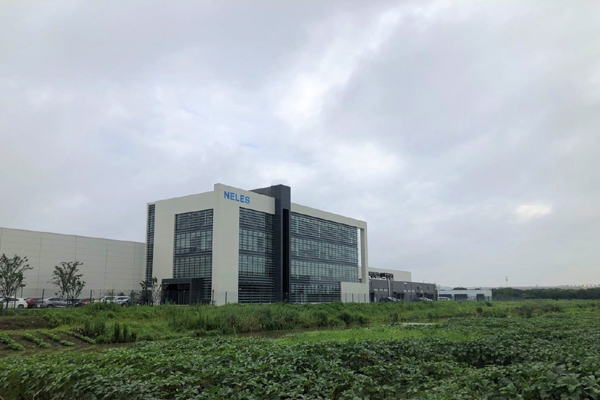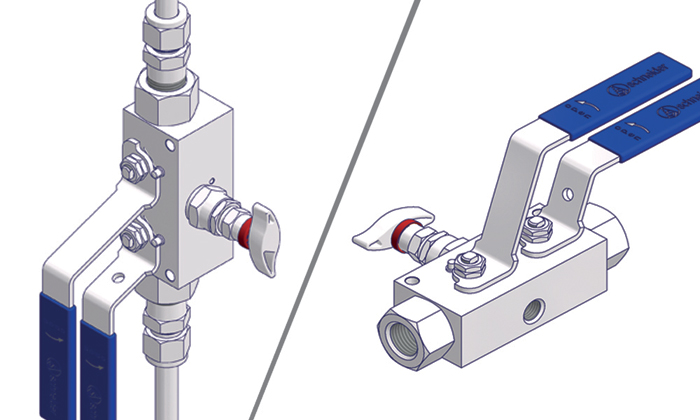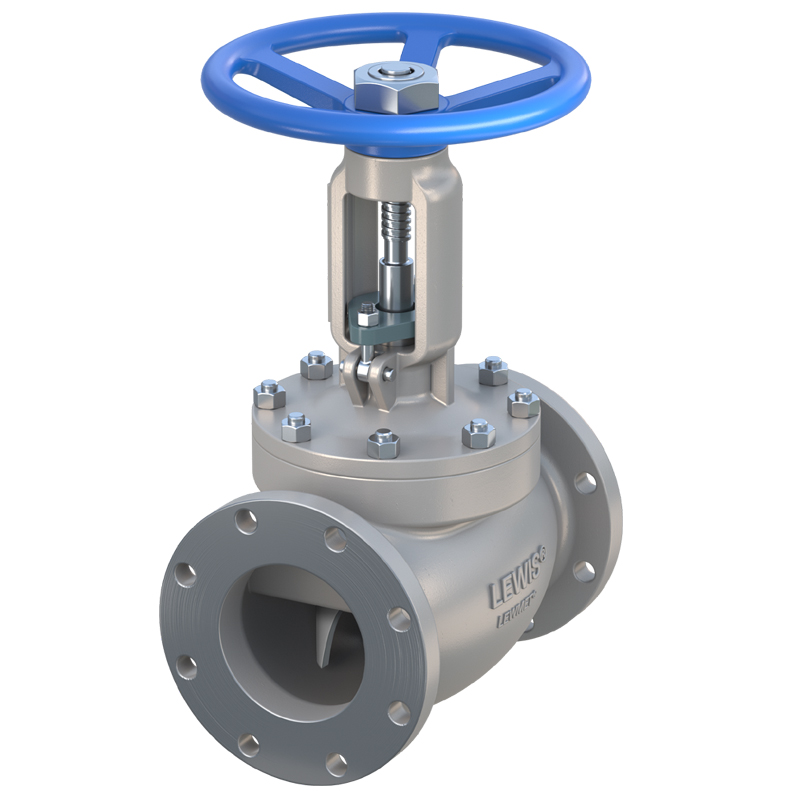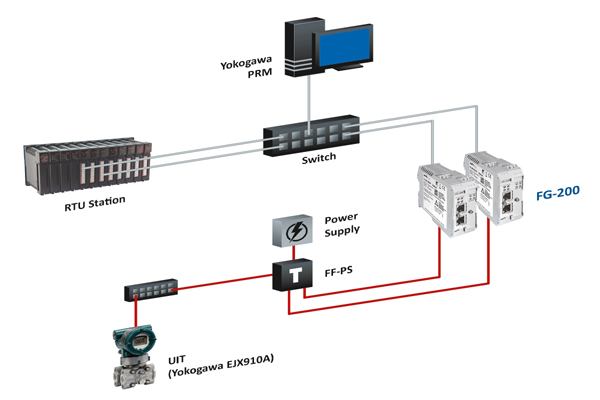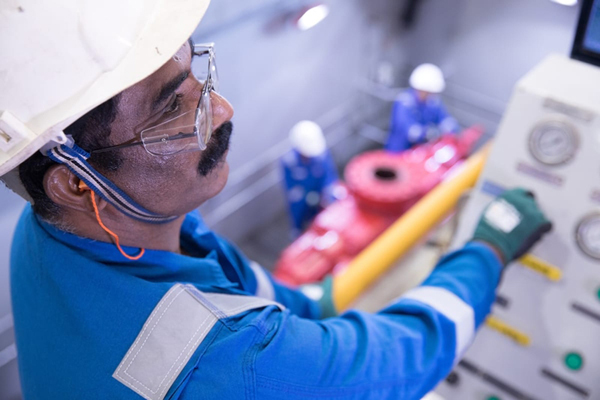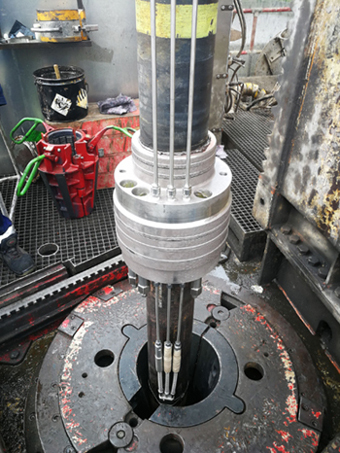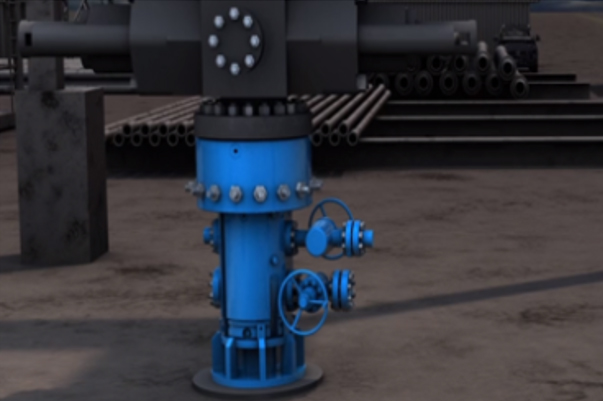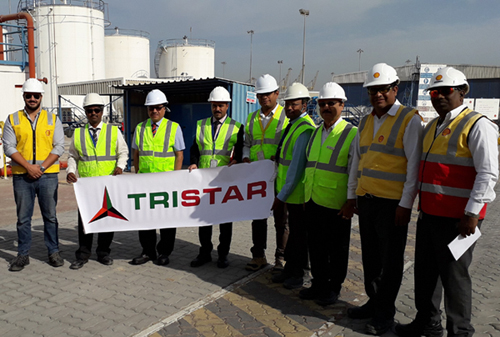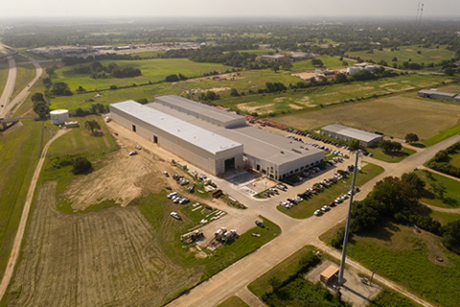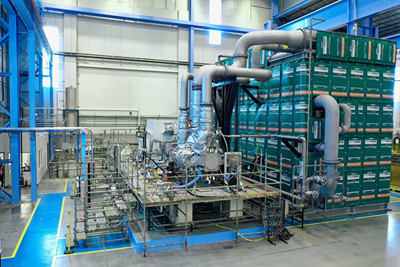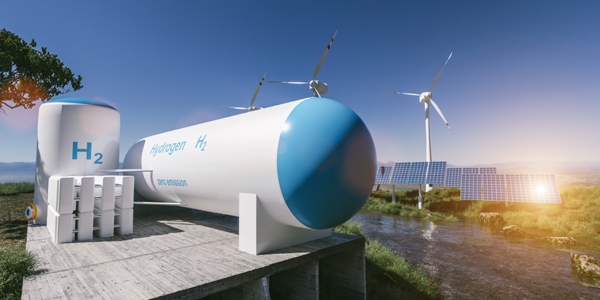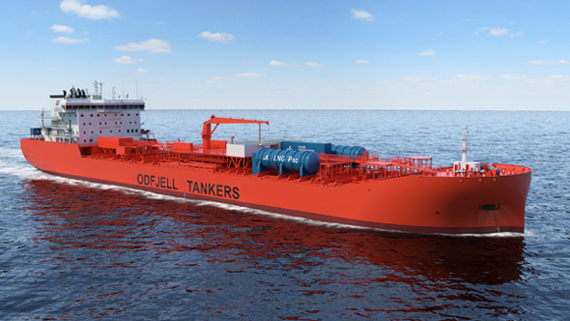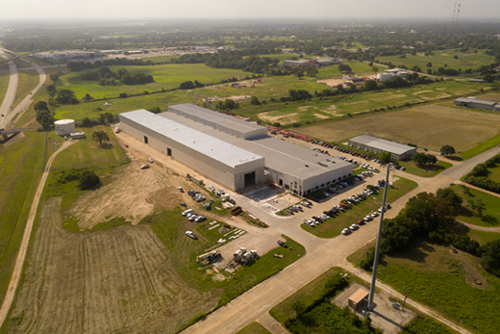
 Freddie Sarhan
Freddie Sarhan
The energy transition depends on technology and collective commitment to sustainability, doing more with less, and uncovering value in unexpected places, prioritising sustainability in every decision, Freddie Sarhan tells OGN
The energy sector is undergoing a profound transformation, driven by the dual imperatives of decarbonisation and the efficient use of resources. At Sapphire Technologies, wasted energy is seen as an untapped opportunity.
'With a growing urgency to reduce emissions and optimise energy systems, the company is committed to developing solutions that not only address these challenges but also provide lasting economic and environmental benefits,' Freddie Sarhan, CEO of Sapphire Technologies, tells OGN energy magazine.
The industry has over the past year witnessed remarkable advancements in energy recovery technologies. 'These developments underscore the potential of innovative systems like turboexpanders to reshape the global energy landscape,' says Sarhan.
REDEFINING EFFICIENCY
The concept of energy recovery is not new, but its application has gained traction as industries look for ways to operate more efficiently and sustainably.
At its core, energy recovery involves capturing energy that would otherwise be lost during industrial processes and converting it into usable electricity.
For Sapphire Technologies, this means taking pressure energy wasted in natural gas and hydrogen pipelines and transforming it into zero-emission power.
The company’s flagship product, the FreeSpin® In-line Turboexpander, represents a culmination of years of engineering and innovation.
Designed to withstand demanding conditions, this system captures kinetic energy during pressure reduction without interrupting operations.
Its ability to produce clean electricity while requiring minimal maintenance has proven invaluable to industries navigating operational and environmental complexities.
In the past year alone, one of Sapphire Technologies’ systems in Japan surpassed 13,000 hours of continuous operation, generating over 3.5 gigawatt-hours of electricity and avoiding nearly 2,700 tons of CO2 emissions.
Such milestones exemplify the untapped potential of energy recovery systems to make meaningful contributions toward global sustainability goals.
MEETING CHALLENGES
Sarhan says the challenges we face are as diverse as the industries we serve. For example, wellhead applications present unique obstacles, from managing water vapour to dealing with unpredictable liquid drop-out in gas streams.
'Adapting our turboexpanders to these environments has required rigorous testing and innovative engineering, ensuring that our systems can operate reliably even in the harshest conditions,' he says.
Similarly, midstream pipelines demand systems capable of handling higher pressures. By upgrading our technology to withstand up to 1,600 psi-g, we have been able to address these operational requirements, providing scalable solutions for the energy sector’s evolving needs.
Another pressing challenge is the integration of energy recovery systems in regions with limited infrastructure.
In such markets, ensuring that systems are not only efficient but also robust and easy to maintain is critical.
'Our focus on magnetic bearings and low-maintenance designs allows our systems to function optimally in areas where access to spare parts and specialised expertise may be limited,' says Sarhan.
Additionally, the growing emphasis on hydrogen as a clean energy source presents its own complexities.
Hydrogen systems often involve extreme operating pressures and unique material compatibility requirements due to the gas’s high diffusivity and potential for embrittlement.
'We have been investing in adapting our turboexpander technology to handle these conditions, helping to bridge the gap between traditional natural gas operations and the emerging hydrogen economy,' Sarhan says.
Finally, navigating the policy and regulatory landscape is a challenge that spans all aspects of the energy sector.
As countries implement new frameworks to meet climate goals, energy recovery technologies must meet evolving standards for emissions, safety, and grid integration.
While these regulations are critical to driving global progress, ensuring compliance across diverse markets requires adaptability and a proactive approach.
These efforts are not just technical achievements. They are about enabling industries to transition toward cleaner operations without compromising on efficiency or performance.
Whether it’s overcoming physical constraints, navigating new energy paradigms, or tailoring solutions to diverse environments and policy frameworks, Sarhan says Sapphire Technologies is committed to addressing these challenges with innovation and resilience.
COLLABORATING FOR GLOBAL IMPACT
Innovation does not occur in isolation. It requires collaboration across industries and geographies.
At Sapphire, partnerships have been instrumental in bringing its technology to new markets and amplifying its impact.
In China, the company’s collaboration with CCYS is focused on integrating energy recovery systems into critical natural gas infrastructure to support the country’s ambitious carbon reduction goals. Similarly, in Nigeria, its partnership with Horizon Shores aims to address the region’s growing energy demands by deploying technology that improves the efficiency of natural gas systems while contributing to sustainability objectives.
In the US, Sapphire’s partnership with Tallgrass Energy highlights the critical role of energy recovery technologies in optimising midstream natural gas operations.
Additionally, collaboration with CNX Resources is focused on deploying the company’s turboexpanders in high-pressure environments, enabling the capture of waste energy while supporting consistent, reliable performance in challenging applications.
These partnerships exemplify the potential of energy recovery systems to transform natural gas operations in diverse regions, from Asia and Africa to North America. By tailoring technology to meet local challenges, Sapphire is helping to reduce emissions, enhance energy efficiency, and lay the groundwork for a more sustainable future in these key markets.
BEYOND TECHNOLOGY: A BROADER VISION
While the engineering behind energy recovery systems is critical, the broader vision matters just as much. The energy transition is not solely about adopting new technologies–it is about redefining how industries approach sustainability and resource management.
Sapphire Technologies sees its role as an enabler. By providing systems that recover wasted energy, we empower industries to make meaningful changes.
These changes, while often incremental at first, accumulate into significant reductions in emissions and operational costs over time.
Moreover, as energy demands continue to rise globally, the ability to harness existing resources more effectively becomes essential.
Energy recovery systems like ours are part of a broader toolkit that industries will need to navigate the challenges ahead.
LOOKING AHEAD
Sarhan says the journey is far from over. Sapphire’s focus in 2025 remains on expanding the applications of energy recovery technology. This includes advancing solutions for complex environments like wellheads and developing methods to mitigate hydrogen sulfide in gas streams.
Equally important is the need to continue fostering partnerships that align with the company’s mission.
'Whether it’s working with forward-thinking companies in South America, Africa, or the Middle East, collaboration will remain central to our strategy,' says Sarhan.
The energy transition is a global endeavour. While technology will play a critical role, the real driver of change will be a collective commitment to doing more with less, to finding value where none was previously seen, and to prioritise sustainability in every decision.
'At Sapphire Technologies, we are proud to contribute to this effort. Our work may focus on turboexpanders and energy recovery systems, but the ultimate goal is much larger: to help create a world where energy is used efficiently, sustainably, and responsibly,' concludes Sarhan.
By Abdulaziz Khattak






